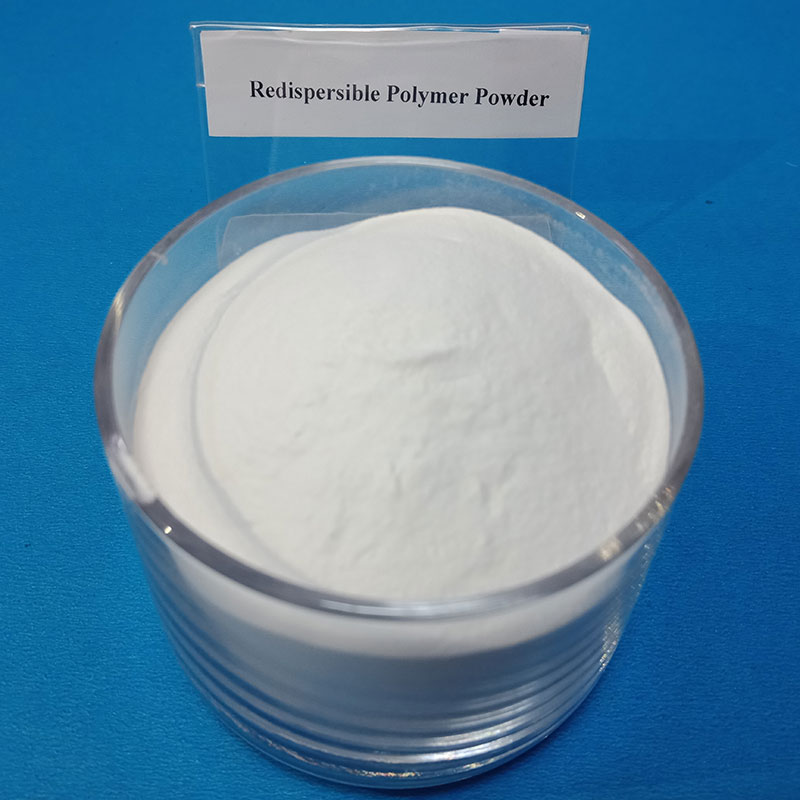Redispersible latex powder is the most important binder in cement base
Redispersible latex powder (RDP) plays a vital role as a binder in cement-based systems, providing enhanced properties such as improved adhesion, flexibility, water resistance and durability. This comprehensive review explores the importance of RDP in cement formulations, its composition, manufacturing processes, and its impact on the properties of cement-based materials.
The development of advanced materials has significantly transformed the construction industry, leading to the emergence of high-performance cement-based systems. Redispersible latex powder (RDP) is a key ingredient in these systems, imparting the required properties to cement formulations. This review aims to elucidate the importance of RDP as a binder for cementitious materials.

Composition and properties of redispersible latex powder
Redispersible latex powder is usually composed of various polymers, such as vinyl acetate-ethylene (VAE), vinyl acetate-ethylene carbonate (VAVe), and ethylene-vinyl chloride (EVC). These polymers contribute to the adhesive, cohesive, and rheological properties of RDP. In addition, RDP contains additives such as dispersants, plasticizers and defoamers to enhance its properties.
Manufacturing process of redispersible latex powder
The production of RDP involves multiple stages, including polymerization, emulsification, spray drying and post-processing. During the polymerization process, monomers polymerize in the presence of emulsifiers and initiators to form latex. Emulsification helps stabilize the latex particles, and then spray drying converts the latex into powder form. Post-treatment processes such as surface modification and agglomeration can enhance the dispersion and storage stability of RDP.

The role of redispersible latex powder as a binder in cement-based systems
Adhesion: RDP improves the bond between the cementitious material and the substrate, thereby enhancing adhesion and reducing the risk of delamination or debonding.
Flexibility: The addition of RDP enhances the flexibility and deformability of cement-based materials, allowing them to withstand external stress and movement without cracking or failure.
Water Resistance: RDP gives cementitious formulas water-resistant properties, preventing water from penetrating and reducing the risk of deterioration due to moisture.
Durability: The use of RDP improves the durability of cementitious systems by increasing resistance to chemical attack, freeze-thaw cycles, and abrasion.
Application of redispersible latex powder in construction
Tile Adhesives and Grouts: RDP is widely used in tile adhesives and grouts to improve adhesion, flexibility and water resistance, ensuring long-term performance and aesthetics.
Exterior Insulation and Finishing Systems (EIFS): RDP enhances the adhesion and crack resistance of EIFS, providing insulation and weatherproofing to the building.
Self-Leveling Underlayments: The addition of RDP to self-leveling underlayments improves flow, adhesion and surface finish, making installation of floor coverings easier.
Repair mortars and waterproof coatings: RDP enhances the durability and waterproofing properties of repair mortars and coatings, extending the service life of structures.
Advantages and challenges of redispersible latex powder
Improves adhesion, flexibility and water resistance
Enhanced durability and weather resistance
Compatibility with various cementitious materials
Easy to handle and store
Cost considerations compared to traditional adhesives
Performance varies depending on formulation and application
Limited compatibility with certain additives or mixtures
Future prospects and research directions
Continued research and development of redispersible latex powders is critical to solving existing challenges and exploring new applications. Future efforts may focus on:
Optimize RDP recipes to improve performance and cost-effectiveness
Research new additives or modifiers to tailor RDP properties for specific applications
A sustainable and environmentally friendly alternative to traditional RDP polymers
